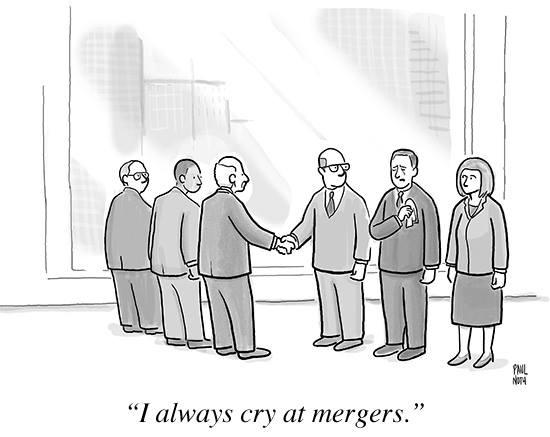Thinking about organisational cultures started when the western sense of superiority got a serious blow at the end of the seventies and the beginning of the eighties of the last century.
A large quantity of then unknown Japanese manufacturers flooded the American and European markets with very cheap and high quality products. The logic of modern management thinking didn’t offer an explanation for the staggering success of Japanese companies.
The success didn’t find its origin in technical superiority, but in specific characteristics of Japanese organisational culture. In the that time hugely popular book The Art of Japanese Management (1986) McKinsey consultants Pascale and Athos showed that the high productivity – in some cases 200 to 300% higher than the industry average – and the innovation power of Japanese stemmed from a very specific and peculiar way of thinking.
Other than their western counterparts, Japanse companies considered themselves as one big family. Characteristic for Japanese companies was their strong ‘we-culture’, where aiming for consensus, delegating responsibilities to lower levels and the gradual promotion on the basis of noticeable loyalty was key.
Building on this explanation, researchers also found examples of companies in the US and in Europe with was in the meantime called a strong organisational culture. They were companies that operated form an idiosyncratic corporate philosophy and were marked by a high degree of connecting power: people were all moving in the same direction.
Later studies have put in perspective the thesis that a binding family culture by default generated better performance. Tom Peters and Robert Waterman, for instance, in their bestseller In Search of Excellence, established that outstanding corporate performance needs to be looked for in traditional American values like ‘entrepreneurship‘ and ‘client orientation‘ – rather than in the eastern family sense.
John Kotter and James Heskett, both professors at Harvard Business School, showed that having a strong culture as such is not contributing to better performance. The decisive factor is that a strong internal culture is connected to an equally strong external orientation, aimed at delivering for clients and obtaining successes on the market.
Source: free translation from the excellent Dutch book ‘Kus De Visie Wakker’ / ‘Kiss the Vision Awake’, p.57, 2007




